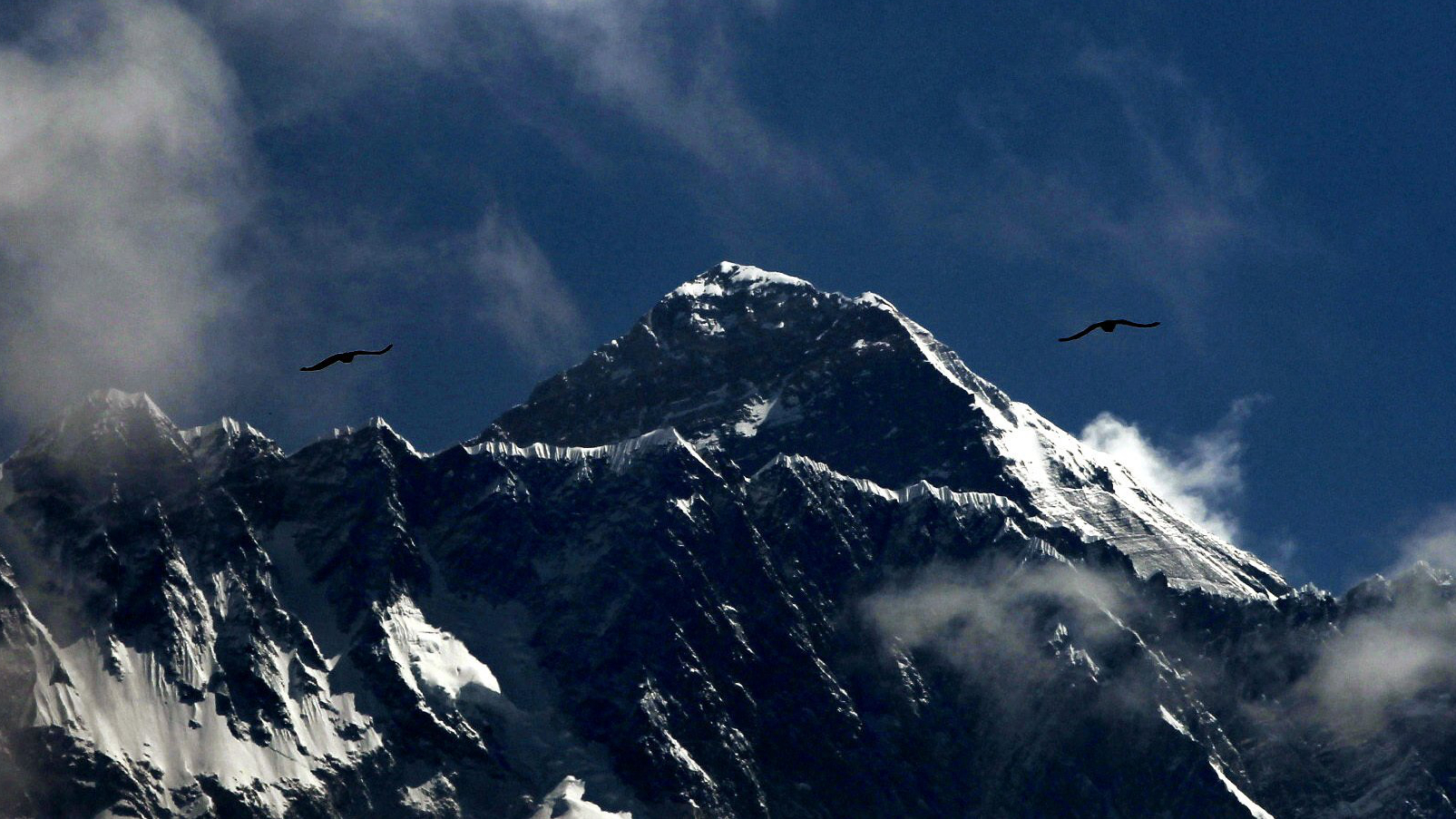
Travel
10:34, 29-May-2019
Deaths rise as Nepal issues more permits for Mount Qomolangma
CGTN

Scaling Mount Qomolangma was a dream few realized before Nepal opened its side of the mountain to commercial climbing a half-century ago. This year the government issued a record number of permits, leading to traffic jams on the world's highest peak that likely contributed to the greatest death toll in four years.
After 11 people died this year, Nepal tourism officials have no intention of restricting the number of permits issued, instead of encouraging even more tourists and climbers to come "for both pleasure and fame," said Mohan Krishna Sapkota, secretary at the Ministry of Tourism and Civil Aviation.
Nepal, one of the world's poorest countries, relies on the climbing industry to bring in 300 million U.S. dollars each year. It doesn't cap the number of permits it issues or controls the pace or timing of the expeditions, leaving that to tour operators and guides who take advantage of brief, clear weather conditions whenever they come, leading to pileups near the peak.
On May 22, a climber snapped a photo from a line with dozens of hikers in colorful winter gear that snaked into the sky.
Climbers were crammed crampon-to-crampon along a sharp-edged ridge above South Col, with a 7,000-foot (2,000-meter) drop on either side, all clipped onto a single line of rope, trudging toward the top of the world and risking death as each minute ticked by.
The death toll this season is the highest since 2015. Most of those who died are believed to have suffered from altitude sickness, which is caused by low amounts of oxygen at high elevation and can cause headaches, vomiting, shortness of breath and mental confusion.
Once only accessible to well-heeled elite mountaineers, Nepal's booming climbing market has driven down the cost of an expedition, opening Qomolangma to hobbyists and adventure-seekers. Nepal requires climbers to have a doctors' note deeming them physically fit, but not to prove their stamina at such extreme heights.
Because of the altitude, climbers have just hours to reach the top before they are at risk of pulmonary edema when the lungs fill with liquid. From Camp Four at 8,000 meters (26,240 feet) to the 8,850-meter (29,035-foot) peak, the final push on Qomolangma is known as the "death zone."
The conditions are so intense at such times that when a person dies, no one can afford to expend energy on carrying the body down from the mountain.
This year, permits were issued to 381 people in 44 teams, the highest number ever, according to the government. They were accompanied by an equal number of guides from Nepal's ethnic Sherpa community. Some climbers have issued initially permits in 2014 that were revoked mid-season when 16 Sherpa guides died in an avalanche and other Sherpas, whose support as guides and porters is essential, effectively went on strike.
Another factor was China's limit on the number of permits it issued this year for routes in its territory on the north side of Qomolangma for a clean-up. Both the north and south sides of the mountain are littered with empty oxygen canisters, food packaging and other debris.
Source(s): AP

SITEMAP
Copyright © 2018 CGTN. Beijing ICP prepared NO.16065310-3
Copyright © 2018 CGTN. Beijing ICP prepared NO.16065310-3